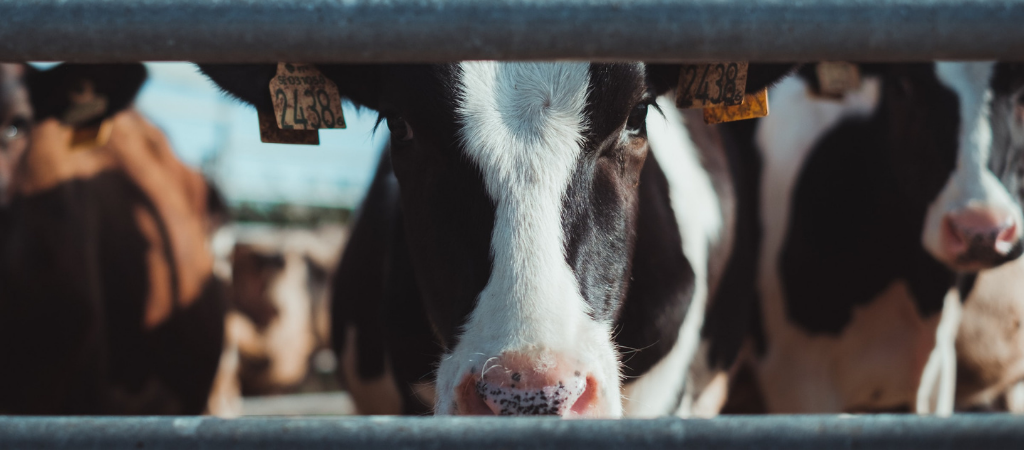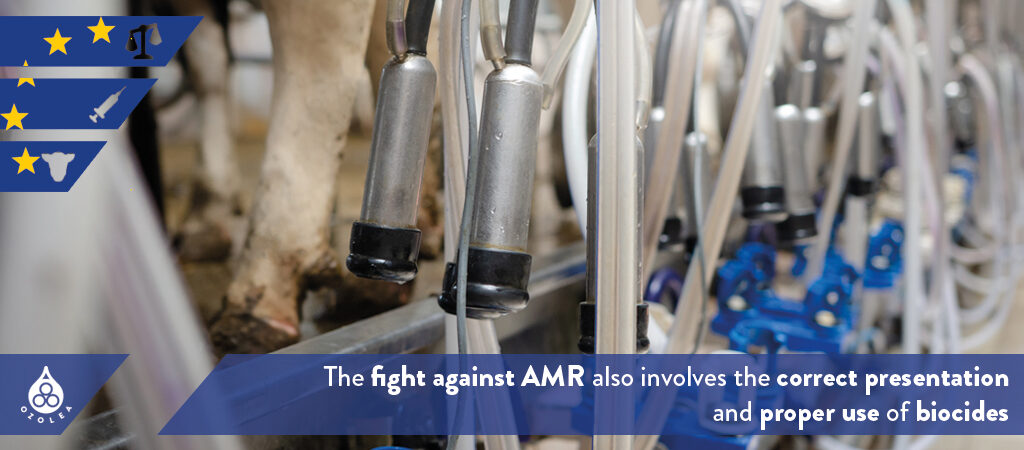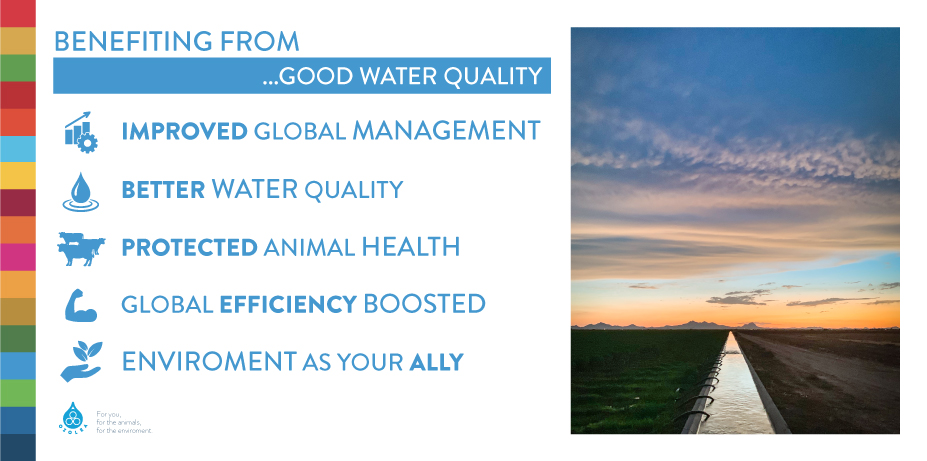Longevity in dairy cattle represent a composite aspect. It is a trait with low heritability and is affected by multiple factors, such as parity, reproductive performance, conformation traits, but also external factors (management, nutrition2,3, feed costs, milk price, and replacement heifers).
Longevity is perceived as a global breeding goal achievable by improving milk productivity, animal health and welfare, fertility: all aspects that, once ameliorated, would reduce culling rates. As a result, there would be an improvement of the economic performance on farms.
All these results are linked with the overall sustainability on farms, along with meeting consumer demand.
The production life of a cow is generally shorter than 3–4.5 years, corresponding to second/third lactation periods. The highest annual milk production occurs in the fifth lactation period, while in the sixth farmers typically achieve the highest annual profit. Aiming at reaching the fifth and sixth lactation periods would correspond to an overall increased cow’s performance.
As we are experiencing in these months, market unbalance due to external events can directly influence the farmer’s decision of keeping cows in the herd or culling. This is nothing having to do with the animals themselves, management or health and animal issues: this is something that famers can hardly control. But a coordinated action along the supply chain could help ease the problem.
Good productive performance and lactation periods occurring with no health issues1 are both significant reasons to keep a cow in the herd.
Concerning reproductive performance, the age at first calving may be related to increased involuntary culling. How? Calving at around 21 months involves risks for heifers, such as difficulties at parturition (e.g., dystocia), especially when unassisted. Heifers calving at 24-28 months have a lower risk of being culled than older heifers. In the latter, late calving is generally related to issues concerning poor herd management, reduced fertility, health issues and increased rearing costs.
In the past weeks, we had the chance to go deeper into fertility problems, such as those stemming from typical uterine issues in post-partum4,5 and the repeat breeding syndrome6. Here we stress again a simple concept, but complex and challenging in practice: improving overall efficiency on farms is the key towards improved economic performance.
OZOLEA developed their products keeping in mind the farmer’s need to both protect animal health and welfare and to have good productive performance. On the consumer’s side, there is an increasing demand for more sustainable milk production. Thus, striving to boost all the factors contributing to cows’ longevity can be the right key for these goals.
Thinking of uterine minor issues, OZOLEA designed OZOLEA-METR, a non-pharmaceutical and no-withdrawal veterinary device for intra-uterine use. OZOLEA-METR helps dairy farmers manage minor uterine issues that are often the cause of low conception rates.
OZOLEA-METR is composed of a single ingredient: a pure food grade vegetable oil, bio-engineered with exclusive OZOLEA technology, which modifies some of the oil’s fatty acid chains, thereby allowing the product, once in contact with the inner wall of the uterus, to improve late postpartum management and uterine tissue performance after insemination, thus boosting reproductive performance in the herd.
OZOLEA-METR supports tissue functionality by creating a film barrier in contact with the inner wall of the uterus. This physical barrier can temporarily attenuate the causes of bacterial proliferation and metritis occurrence.
OZOLEA-METR can be used in two different situations:
- in late post-partum, or about 30 days after calving, when the uterine involution is almost complete, there are no clear symptoms of metritis however abnormal non-severe vaginal discharge may be detected;
- 24 hours after insemination in repeat breeder cows, when the embryo is forming in the tubes but before it descends towards the uterus for implantation.
Along with improved management, giving a chance to these cows with OZOLEA-METR can be a helping hand for the reduction of culling rates in case of fertility issues, thus a good strategy to extend longevity.
References
1 Improve SCCs in your dairy cows to extend longevity.
https://www.ozolea.it/improve-sccs-in-your-dairy-cows-to-extend-longevity/
2 The fundamental steps towards reproductive efficiency.
https://www.ozolea.it/the-fundamental-steps-towards-reproductive-efficiency/
3 A comfortable pre-calving period for less stressed fresh cows.
https://www.ozolea.it/a-comfortable-pre-calving-period-for-less-stressed-fresh-cows/
4 The meaning of vaginal discharge in dairy cows.
https://www.ozolea.it/the-meaning-of-vaginal-discharge-in-dairy-cows/
5 Reducing metritis occurrence in dairy cows.
https://www.ozolea.it/reducing-metritis-occurrence-in-dairy-cows/
6 Improving fertility in repeat breeders.
https://www.ozolea.it/improving-fertility-in-repeat-breeders/
H. Hu, T. Mu, Y. Ma, X. P. Wang, Y. Ma, 2021. Analysis of Longevity Traits in Holstein Cattle: A Review.
DOI: https://doi.org/10.3389/fgene.2021.695543
Cover image: Ph. David Sjunnesson. Image available here.




